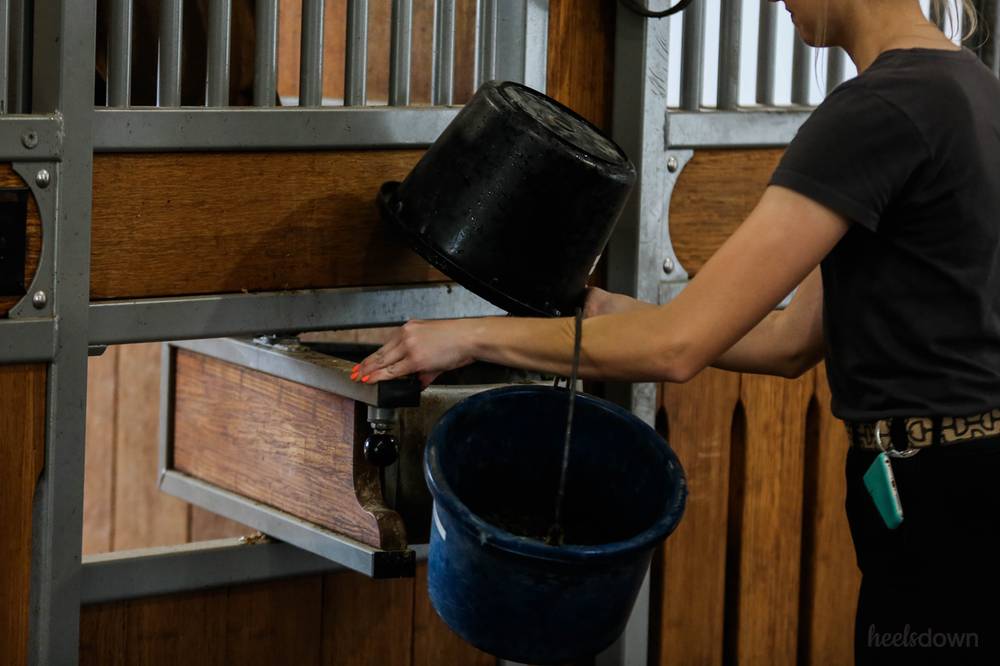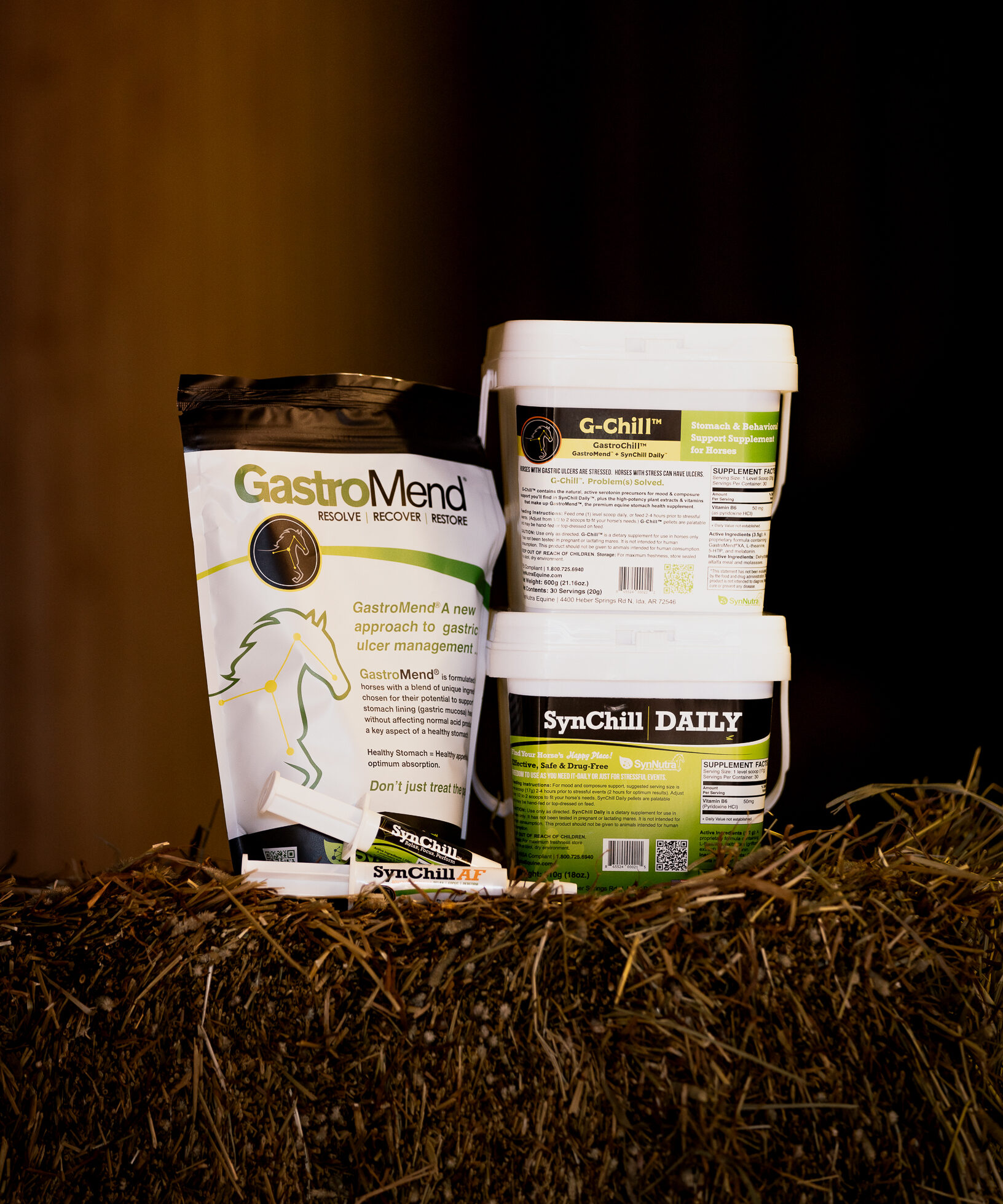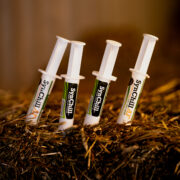Organic, Natural and Whole Foods: Which Is Right For My Horse?

From “natural” to “grain free”, there are a lot of options out there to feed our horses. Every animal has individual needs, which can lead to some trial and error before an owner strikes the right nutritional balance for their horse.
That said, horse owners should be equipped with the right information when considering new feed options. Unfortunately, marketing often gets in the way and can be misleading when it comes to understanding what ingredients and certifications come with a bag of feed, said Kathleen Crandell, an equine nutritionist with Kentucky Equine Research.
“‘Natural’ and ‘organic’ may sound nice, but it’s important to know they are not the same thing,” Kathleen said. “Organic products are certified. But sometimes you need to read the label to understand if a product is actually certified.”
For example, some feed products can say that some of their ingredients are organic, but the entire contents of the product might not meet the certification standard to be organic.
Confusing, right? Let’s break down what these terms actually mean.
Organic
According to the United States Department of Agriculture, which certifies products and their ingredients for organic qualities, there are specific certification levels. The USDA considers soil quality, animal raising practices, pest and weed control, and use of additives when considering an organic label.
A product is “organic” when it is produced without genetic engineering, ionizing radiation or sewage sludge (ew), follows a strict set of production protocols and only uses approved substances by the USDA.
“It’s a rigorous process to get an organic label,” Kathleen explained. “For horse owners, it’s important to think about what your horse is truly getting out of an organic product. Does it really make a difference?”
A product can be certified 100 percent organic when – you guessed it – 100 percent of its ingredients fit the criteria mentioned above. Products that are 95 percent organic, can be certified as organic, but not 100 percent organic (think: tier 2 rating). “Made with organic” is another certification for products which don’t meet the other levels of certification, but do offer some specific organic ingredients. These product don’t get the USDA organic seal.
Natural
A food product that is considered “natural” means it does not contain any artificial flavoring or coloring, chemical preservative or synthetic ingredient. But there’s no official designation for natural products. Just because a product is “natural” doesn’t mean it meets organic standards.
Again, marketing can be deceiving here. There are plenty of feed products with packaging that claims it’s natural when it might not be.
For example, many “natural” products claim to be GMO free. But any feed made in the United States that contain corn, soy, grain or beet pulp hulks are generally speaking, not natural. We’ll explain this further in the next section which focuses on GMOs.

Non-GMO
‘GMO’ stands for ‘genetically modified organism’, which means scientists have modified a plant’s DNA usually to make it less susceptible to disease. The problem with GMO products, Kathleen said, is that some were developed to be resistant to pesticides, causing some valid health concerns.
“There may be some consequences when we are consuming plants exposed to some of these pesticides,” Kathleen explained. “We’re finding it’s changing things in the body.”
Most of the staples found in horse feeds, like beet pulp, corn, grains, and soy, are most likely GMOs if produced in the U.S. For example, over 90 percent of soy bean produced for meal are GMO products. Some alfalfa and wheat grown in the U.S. are also genetically modified.
The issue of GMOs is almost largely isolated to North America. Most European countries do not farm with GMO practices, Kathleen said. Horse owners can always have their feed tested for GMOs, but it can be expensive.
“GMOs are rampant in horse feed,” she said. “But if I’m going to pay the extra money for a bag of feed that claims it has non-GMO ingredients, I want to know what I’m paying for.”
Whole Foods
“Whole foods” is a new moniker some feed brands like to throw around, similar to claiming the feed is natural. It’s defined as foods that are not processed and generally free from additives or other artificial ingredients. A “whole foods” diet consists largely of raw fruits and vegetables, nuts, seeds and beans.
Some newer horse feed brands have gotten behind this diet trend, but it’s important to note that whole foods alone rarely makes up a balanced diet for horses, Kathleen said.
“Most commercial horse feeds are fortified, which means they are balanced with copper, zinc, salt, and other nutrients at appropriate levels,” she explained. “A bag of horse feed could claim to offer a whole foods diet or be organic, but it might not be fortified. That means the horse may not be getting all the nutrients it needs from that particular feed.”
Horse owners who generally go this route with a whole foods brand might also feed a ration balanacer, which is a supplement-type product fortified with nutrients. That method can get expensive. Trendy feed brands tend to cost more already – especially if they’re organic.
“Feed is fortified to provide nutrients that could be low or missing in forage,” Kathleen described. “There are no regulations on how feeds must be fortified, but there are general standards.”
So before ruling out a traditional commercial horse feed, always read the label, Kathleen warned. Local agricultural extensions can point owners in the right direction on where to have feed or hay tested, too.


